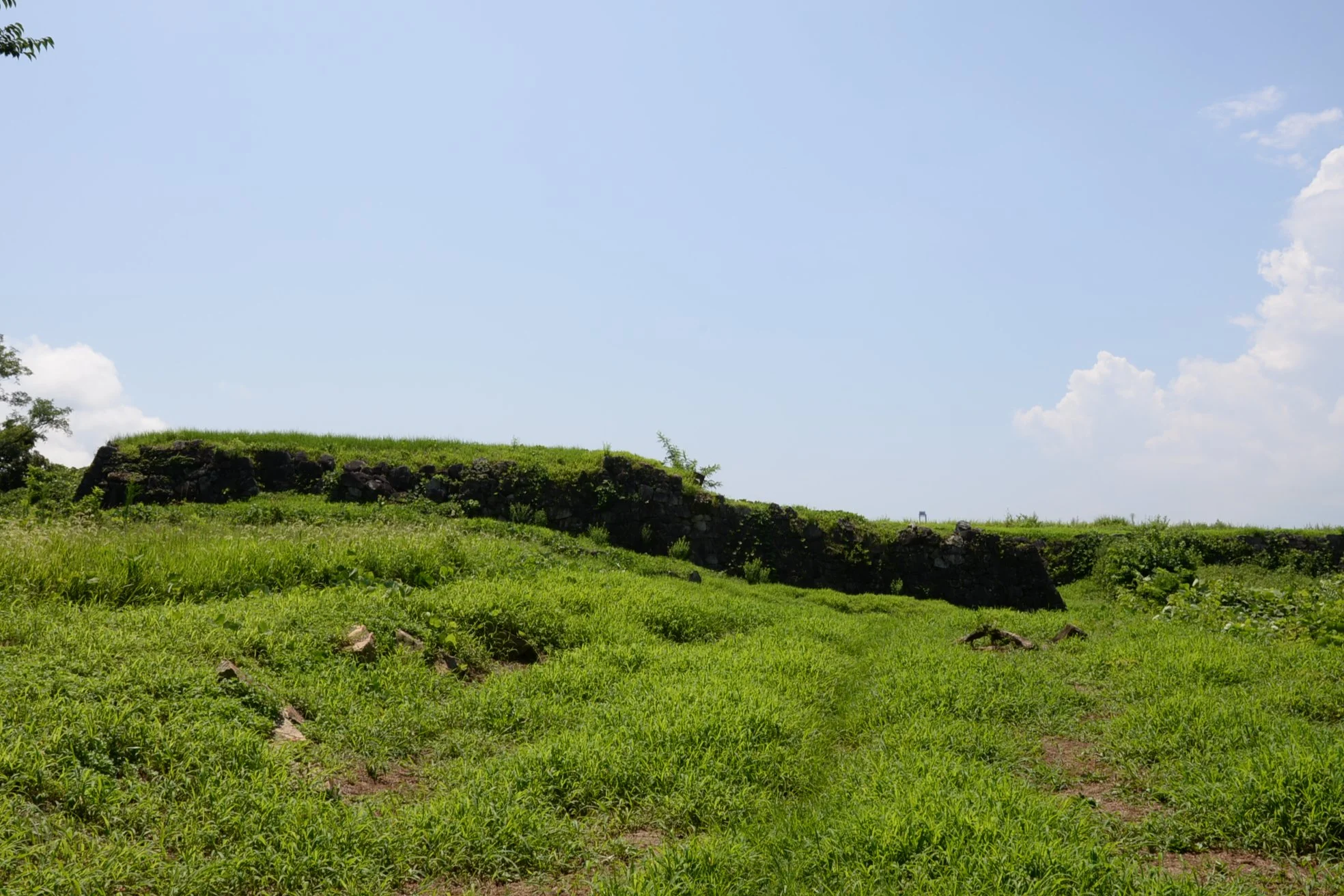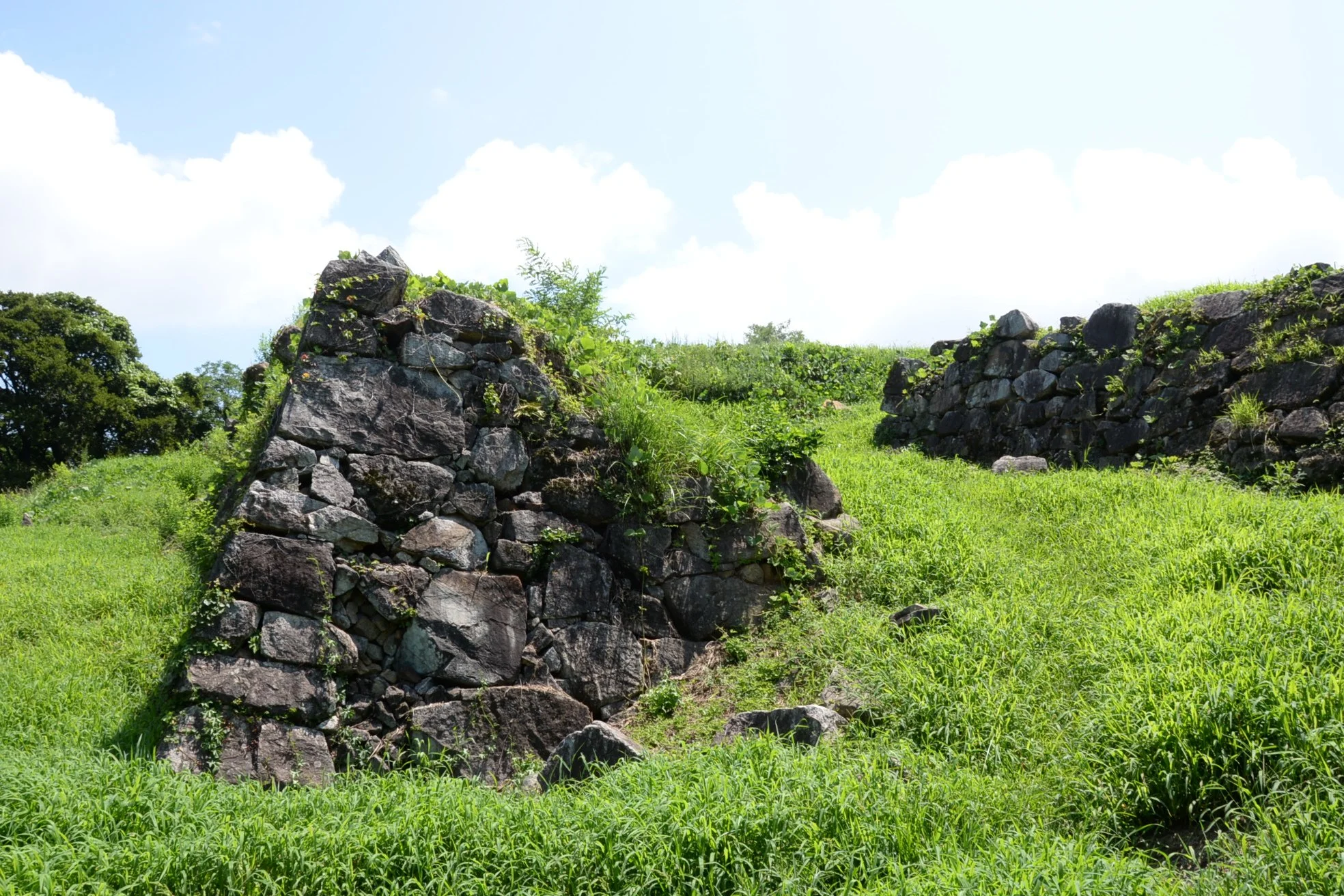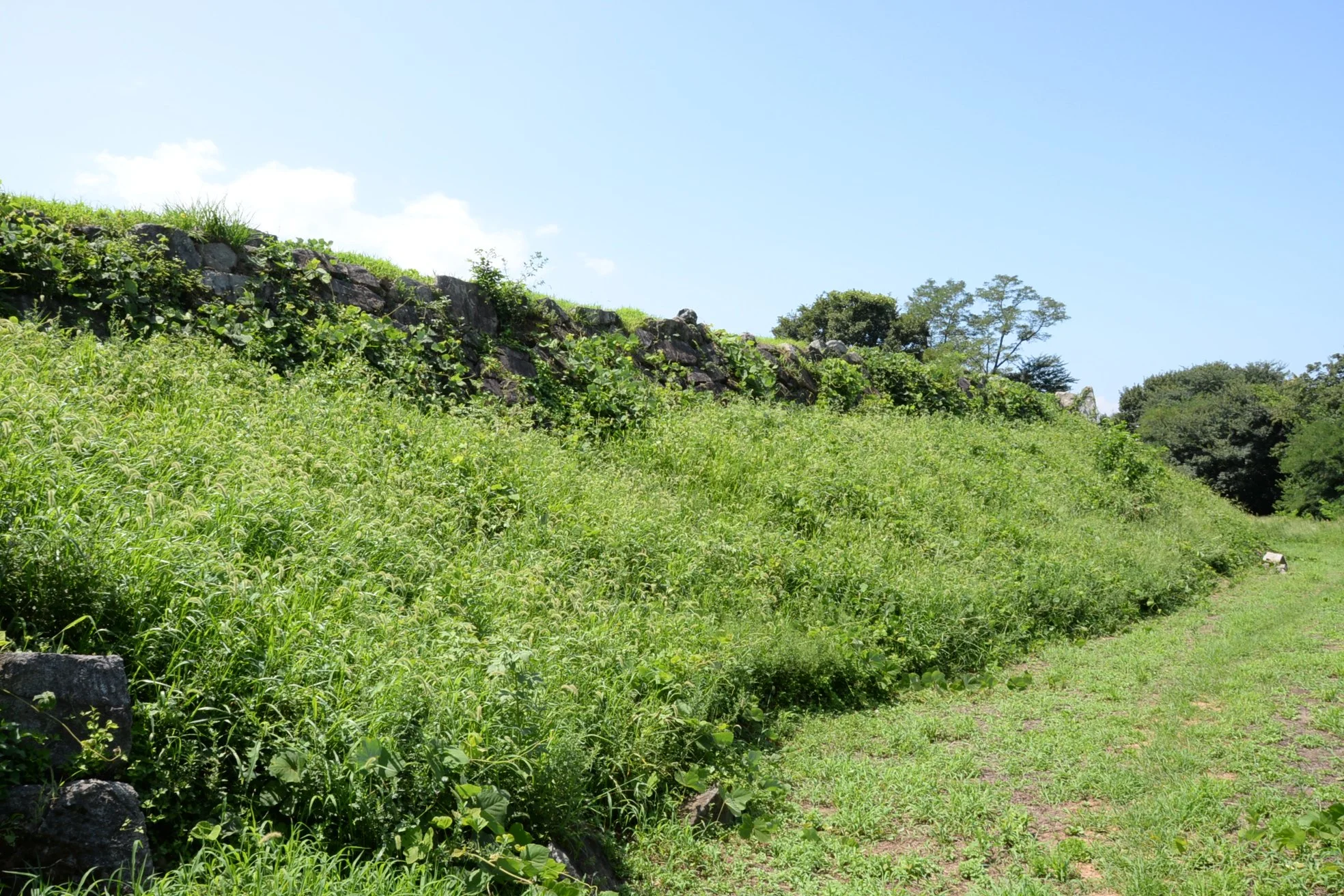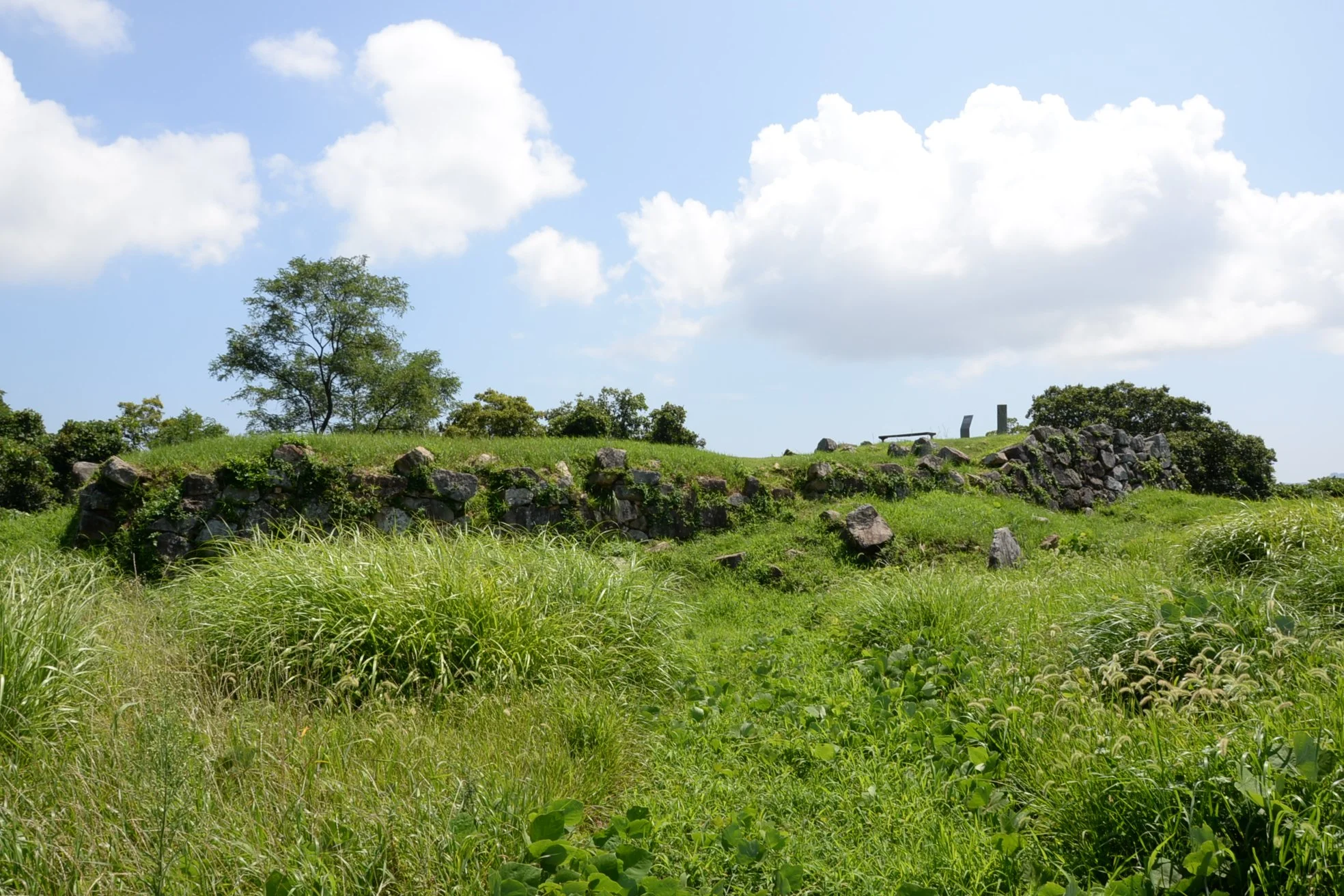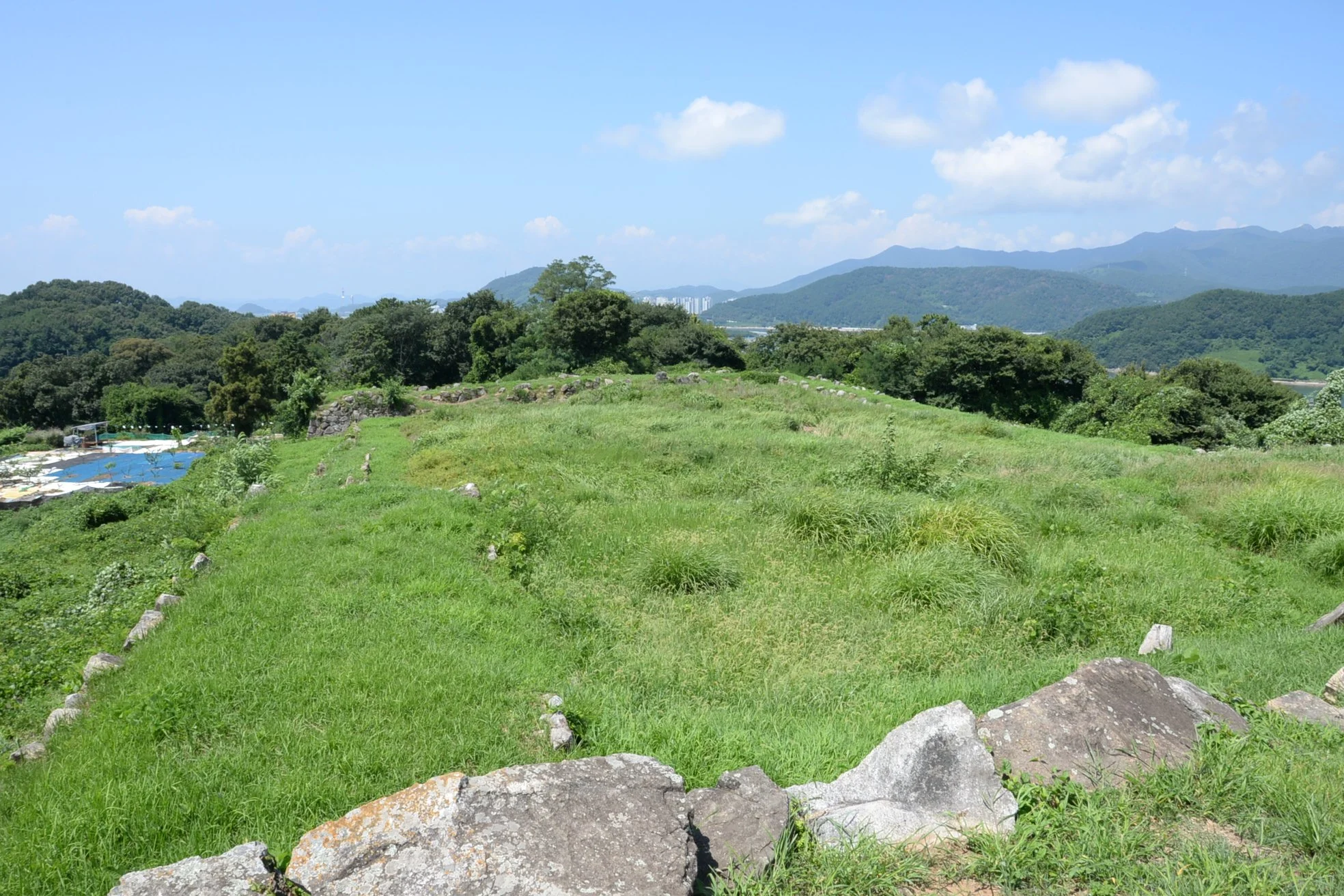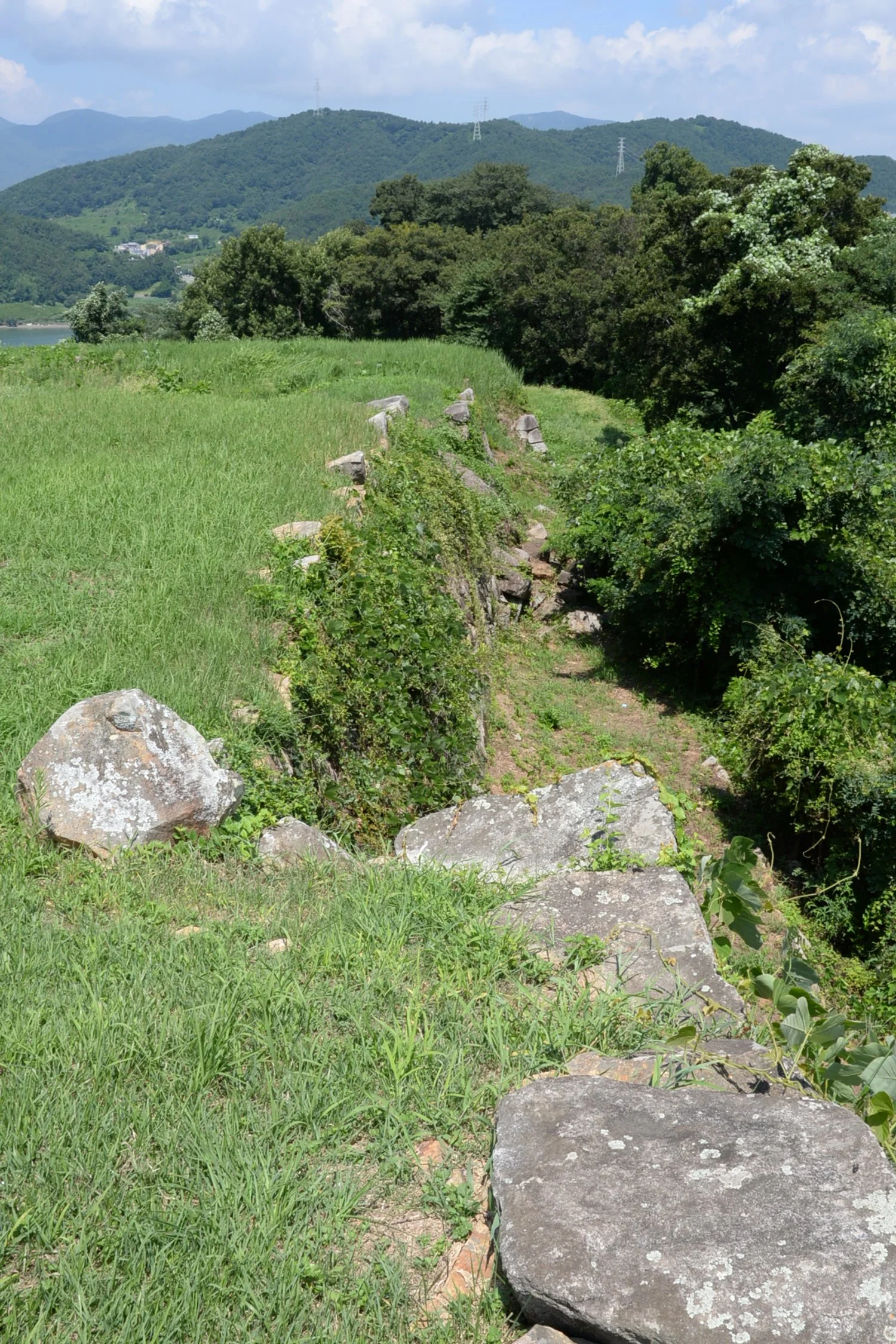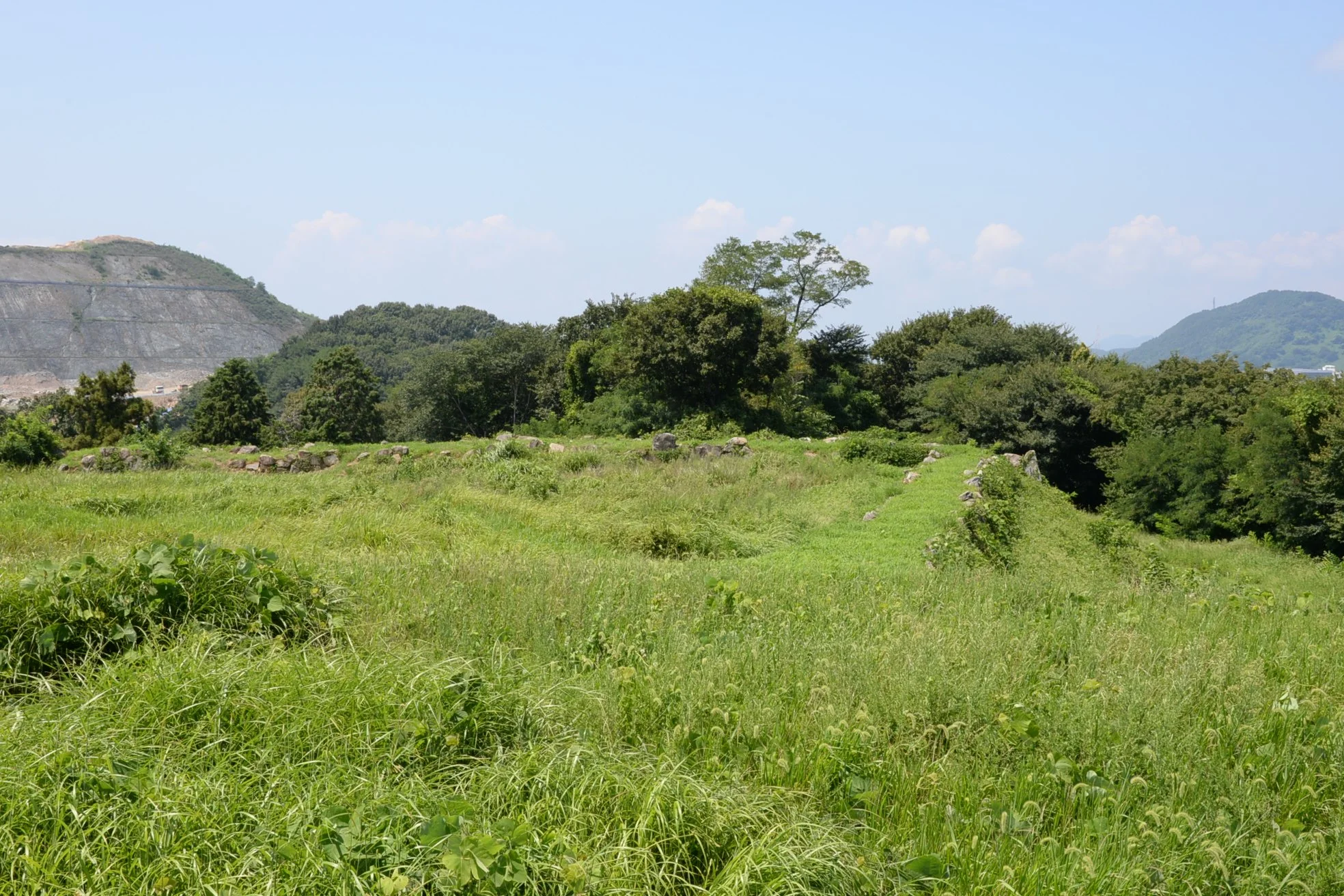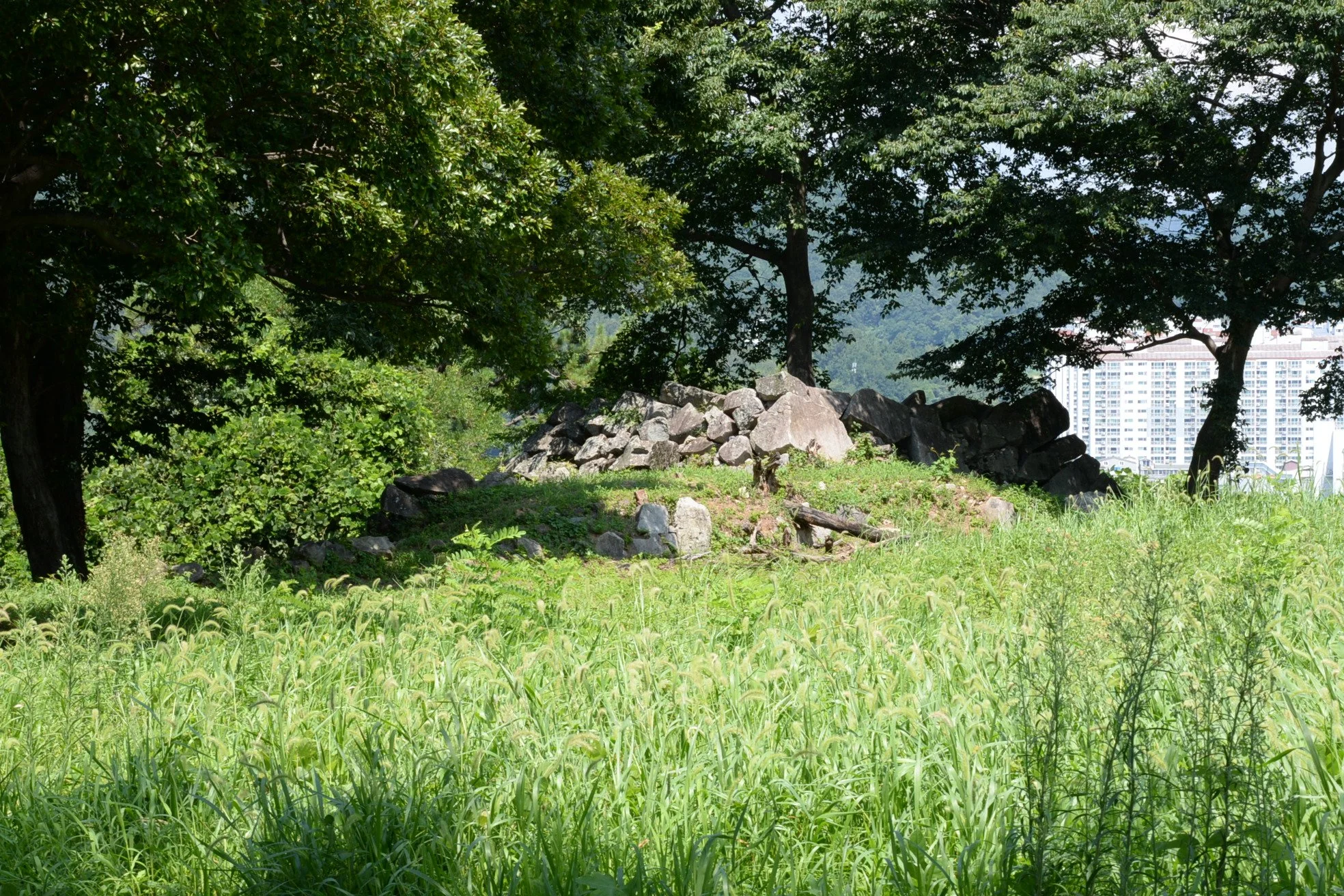Angolpo Castle
Angolpo Castle or Angol Waeseong, dominates a steep ridge overlooking the strategically important port of Angolpo. The site was seen as the western defense line protecting the primary Japanese logistics base at Busan during the first few years of the Imjin War. Seized early in the invasion of 1592, Angolpo provided a safe harbor for Japanese warships and it was to this site that naval reinforcements were dispatched following the decisive defeat of Wakizaka’s fleet off Hansando. The survivors of that clash retreated to Angolpo where they met the relief force led by Kuki Yoshitaka and Kato Yoshiaki. Unfortunately for them, however, Admiral Yi and the Combined Joseon Fleet had suffered little damage in the previous engagement and so followed them to Angolpo. There Yi attempted to lure the newcomers out into the open water, a tried and true tactic. Leery of that trap, Kuki and Kato declined to sail forth, after which Yi had his squadrons scull into the bay in shifts and destroy the Japanese fleet in its anchorage by long range cannon fire. All of that drama would have been visible from the keep of Angolpo Castle, the ruins of which remain today in remarkably good shape.
After climbing the steep staircase from the parking lot, you find yourself already inside the 2nd Maru or enclosure, with the central or honmaru visible to the left. Didn’t look like much to begin with and I was starting to doubt the decision to trek up here on such a scorching summer day!
But the closer we got, the more those piles of rocks began to resemble the telltale fan-shaped walls and gates of Japanese castles from the era. This is what remains of a typical zig-zag entrance into the honmaru.
To the right of the gate complex, the shape of Japanese castle walls emerged as if staring at one of those 3D dolphin pictures.
The central feature was an elongated platform with a low stone base for the main keep at the far end. This was the highest elevation of the castle.
The base is modest, considering the importance of this castle, but clearly distinguishable nonetheless. It would be utterly dwarfed by the castles of the late war at places like Suncheon and Ulsan.
From the base one can easily make out the outline of the honmaru, running straight out from the keep at the bottom left of this picture, squaring off with a tower base at the far end before turning another ninety degrees back toward the gate.
A better shot of the stone base marking both the exterior wall of the honmaru and the 2nd enclosure. Behind it in the distance lies the strategic island of Gadeok.
Looking back north along the edge of the base. A 3rd enclosure exists up beyond that distant line of trees.
Heading back toward the gate you can see from this angle the clear outline of the honmaru’s northern wall.
The 3rd enclosure is in worse shape than the rest of the castle, and much of the masonry has since collapsed, robbing us of the shapes and design features we might otherwise expect to see. Still, this is what remains of the gate into the small enclosure.
The 3rd maru did have its own defensive tower facing north. The slopes are pretty steep all the way around so such defensive structures were almost redundant. That said, strung out along the ridgeline parallel to the bay down below, Angolpo Castle must have been a striking visage from down at the waterline, and a welcome sight for those Hansando survivors, rowing for their very lives.
From here you can make out the bay and protected harbor down below. While modern construction and land reclamation have eaten up much of the southern coast nearby, somehow the original Angolpo Harbor has survived.
Trying something new here so will expect some feedback, but this is a short—very unprofessional—clip of my return after checking out the 3rd enclosure. Apologies in advance for the overly dry commentary. It was REALLY hot!

